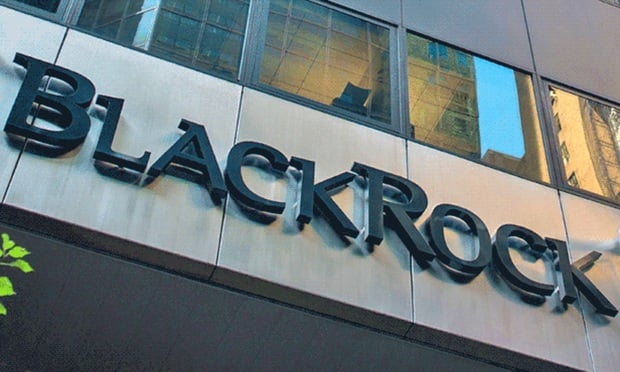During the first quarter, job absence rates slightly rose, though it remained well below levels recorded before the recession, according to Bloomberg BNA's quarterly survey of job absence and turnover.
Median rates of unscheduled absence, which exclude long-term absences and partial days out, are at 0.7 percent of scheduled worker days, representing a slight increase from 0.6 percent in the previous quarter as well as the first quarter of 2011. Regardless of the small gain, the first-quarter average is much lower than levels before the economic downturn between 2007 and 2009 when it was 1.5 percent in the first three months of 2006.
According to the survey, the modest overall growth in absenteeism during the first quarter was not remotely uniform or consistent across industry, work force size or regional classifications. Because of this and the fact that absenteeism is still much below levels that were common before the recession, it is too soon to say that employee confidence is strong enough that they are taking off more time.
Recommended For You
In early 2012, employee turnover provided no indication that worker separations will return to pre-recession levels in the near future, the survey finds. After growing slightly in 2010 and remaining stable in 2011, employee departures besides layoffs and staff reductions during the first three months of this year fell slightly from levels observed in the same quarter of 2011.
These turnover statistics also provide little insight to the sustained or uniform trend in employee separations, the survey finds. The first-quarter separation rates across industry, size and region showed modest or no change from last year, and there was only slight movement in one sector. Bloomberg BNA maintains that this survey does not support evidence that worker separations will reach levels observed before the recession soon.
© Touchpoint Markets, All Rights Reserved. Request academic re-use from www.copyright.com. All other uses, submit a request to [email protected]. For more inforrmation visit Asset & Logo Licensing.






